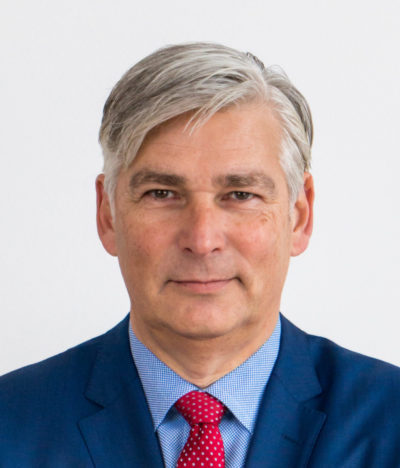
Energy Sector Integration – role and challenges for the existing and future energy infrastructure
As the old saying goes: a system is more than the sum of its parts, and that is certainly the case when it comes to the European energy system. A coordinated approach can result in a stronger energy system, building on both gas and electricity carriers’ strengths. Combining our efforts will enable better efficiency and reliability, facilitate the meeting of the EU Green Deal commitments, and address the post COVID-19 recovery plan for a green economy.
As the debate further develops on how gas and electricity systems in particular can help the EU to meet its 2030 and 2050 climate and energy targets, ENTSOG (European Network of Transmission System Operators for Gas) recognises the changing landscape of the European energy market and consequently, the changing infrastructure needs for transporting increasing volumes of renewable, decarbonised and low-carbon gases, such as hydrogen and biomethane.
In ENTSOG’s ‘2050 Roadmap for Gas Grids’ – published in December 2019 – the European gas Transmission System operators (TSOs) make a number of recommendations on how to effectively combine well-functioning, liquid gas markets and established security of gas supply, with the commitment to reach decarbonisation goals.
One of the recommendations specifically addresses the principles for sector coupling – that is, to allow for flexibility, storage options, cross-border transportation capacities and security of supply in a faster and more efficient way, whilst also meeting decarbonisation targets.
ENTSOG and ENTSO-E, as part of their Ten-Year Network Development Plans (TYNDPs) 2020, have jointly developed scenarios for the European energy sector up to 2050. This is the first important step to identify and assess the interlinkages and interactions between the gas and electricity systems. The TYNDP scenarios work is therefore paramount to deliver the best assessment of the infrastructure in a hybrid system. ENTSOG and ENTSO-E are also on concrete project basis further investigating the interaction between gas and electricity infrastructure projects.
In relation to the upcoming revision of the TEN-E Regulation ENTSOG suggests that for a cost-efficient decarbonisation, a coordinated and coherent interaction between electricity and gases is essential. Due to the intermittency of renewable energy, the power sector will need decarbonised gases to ensure security of supply and to reach climate neutrality. Power to Gas, for example, enables renewable energy supply in the form of hydrogen to be transported via gas grids to sectors difficult to electrify. This technology can help to alleviate local/regional congestion in electricity infrastructure, avoiding the curtailment of non-dispatchable renewable electricity. It would thus contribute to solving challenges in relation to balancing the power grid – for storage and flexibility.
The challenge today is not that the individual technologies are not proven and ready, but that they need to be massively scaled-up in order to offer cost-effective climate benefits.
We believe it is possible to realise the synergies between the existing gas and electricity infrastructures in evolving technologies.
ENTSOG believes that energy sector integration should be focussed on establishing mechanisms whereby energy sources and carriers are able to compete with one another on a level playing field – properly taking into account relevant ‘externalities’, and in particular CO2 emissions. With this aim in mind, we consider that the establishment of a trustworthy EU-wide Guarantee of Origin scheme, which is fully recognised in the EU Emissions Trading Scheme (EU ETS) and which facilitates trade of certificates across energy carriers and across national borders, is essential in order to track and transfer climate value and ensure decarbonisation is achieved at the lowest possible cost.
On 23 June, ENTSOG will host a policy session titled ‘Smart Sector Integration of gas and electricity infrastructure – opportunities and challenges in the context of the EU Green Deal’ , for European Commission’s EU Sustainable Energy Week policy conference, along with GIE, ENTSO-E, Gas for Climate and GD4S. This session will not only address the integration of European gas and electricity sectors, but also the interlinkages and the interactions of the TSO and DSO infrastructures.
Since its foundation in 2009, ENTSOG, along with its Members, Observers and Associated Partners have helped to build a competitive and secure European gas market. In the next decade, ENTSOG will continue to contribute to the decarbonisation process, working not only on integration of the gas and electricity systems, but also on energy conversion technologies, and long-term energy scenarios. A progressively renewable and decarbonised EU gas market would promote competition/affordability, liquidity, transparency, and security of supply across EU to allow economic and environmental benefits to the end-users. We aim to continue to contribute to the discussions on the topic of energy system integration, now and into the future.




